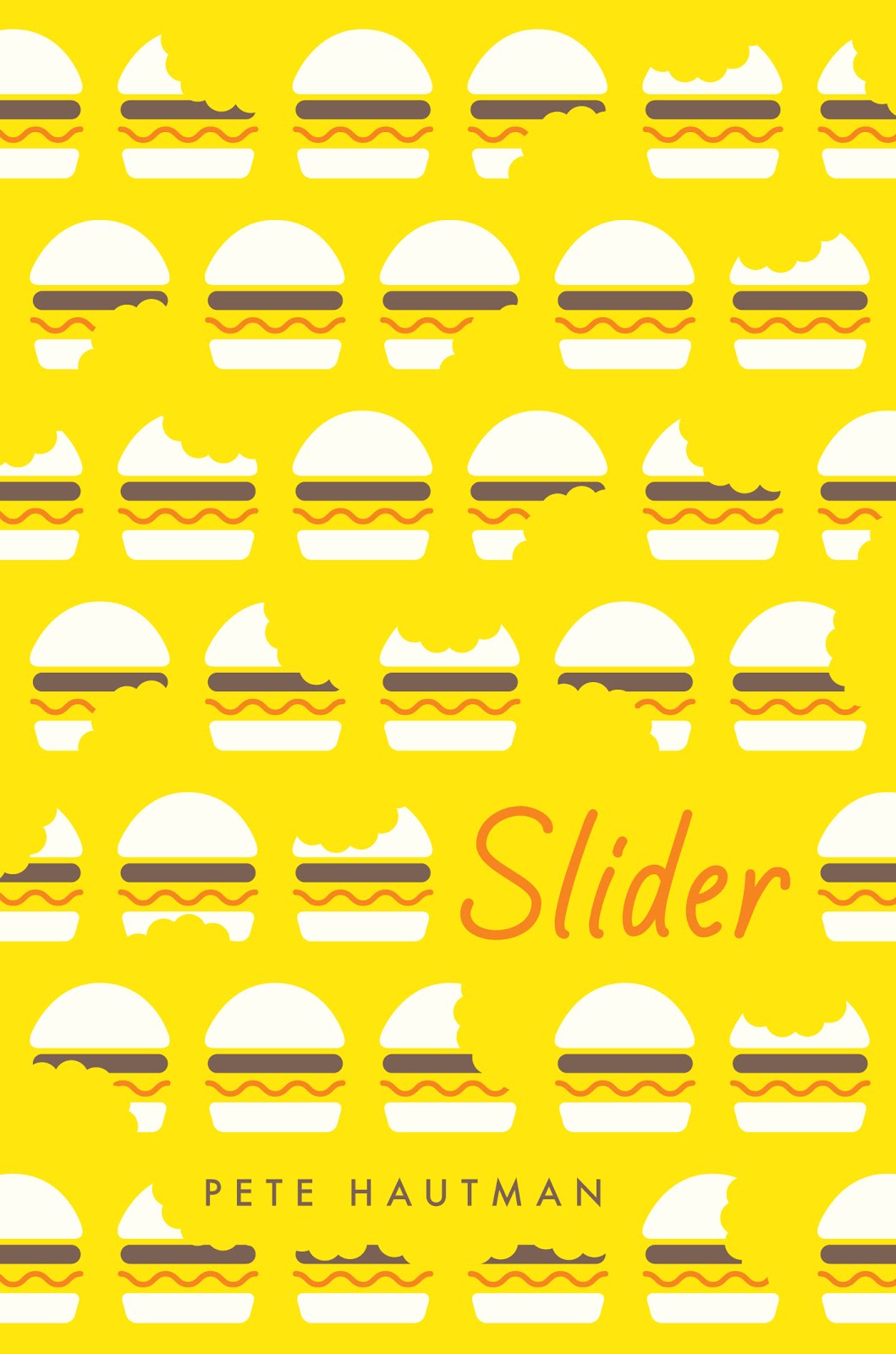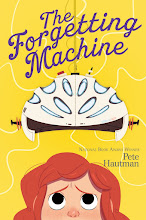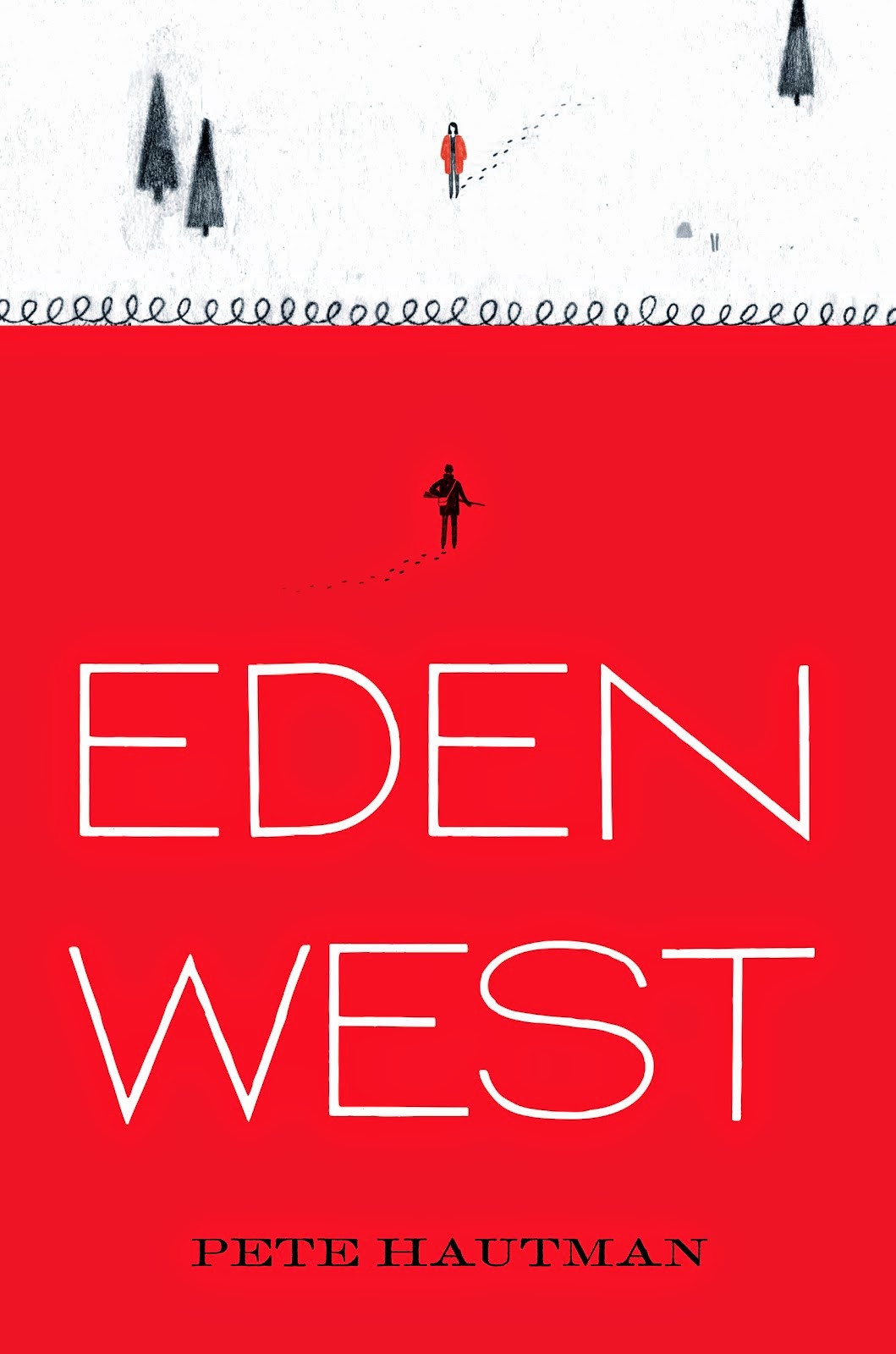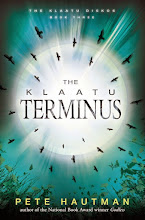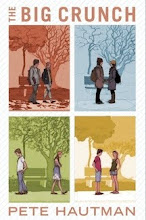Until she was in her fifties, my mother liked to claim she was twenty-nine. Also, twenty-nine is a prime number. Other than that, the only significance I can attach to that number is the fact that I have published twenty-nine novels.
 I know that sounds like a lot, but my friend Bob Randisi has written more than five hundred (500!!!!) books. Bob has slowed down a bit—I think he's only putting out five or six a year these days.
I know that sounds like a lot, but my friend Bob Randisi has written more than five hundred (500!!!!) books. Bob has slowed down a bit—I think he's only putting out five or six a year these days.
My 29th novel is called The Forgetting Machine. It is, almost certainly, the finest novel ever written about Flinkwater, Iowa since last year’s smash hit The Flinkwater Factor. In case you don’t believe me, I’ve attached some links to reviews below.
Anyhow, we're having a book launch at Wild Rumpus in Minneapolis this Saturday, October 22, at 1:00 p.m. We will have jugglers, free caviar, an endless supply of Dom Perignon champagne, and special guest appearances by J.K. Rowling and Michael Jackson. Or so I imagine.
But even if the jugglers and caterers and special guests don’t show up there will be the usual Wild Rumpus chickens, and lizards, and ferrets, and me. Mary Logue will be there to lend some class to the event. And we will have books.
Lots and lots of books.
What: Book launch for The Forgetting Machine
When: Saturday, October 22, 1:00 p.m.
Where: Wild Rumpus 2720 West 43rd Street, Minneapolis, MN 55410 info@wildrumpusbooks.com 612.920.5005
Why: Because! Just because! Don’t overthink it! The leaves will wait.
Hope to see you there!
Oh, here are those review links I promised:













